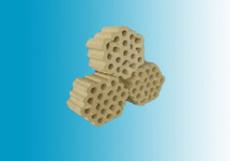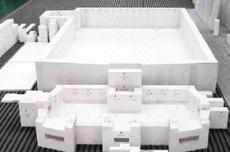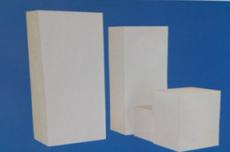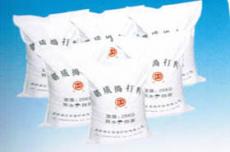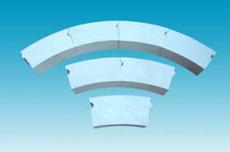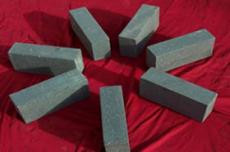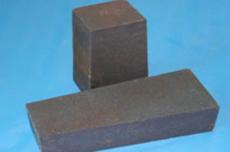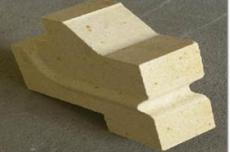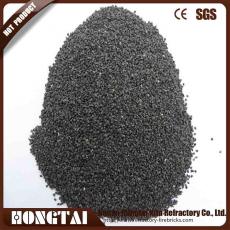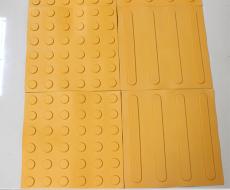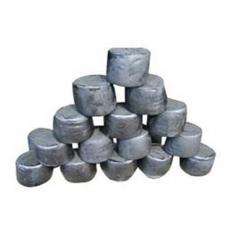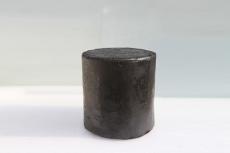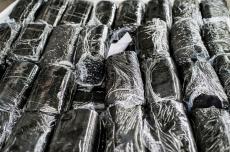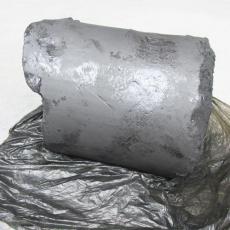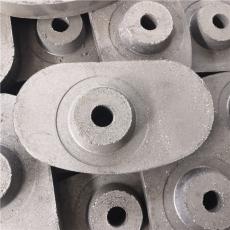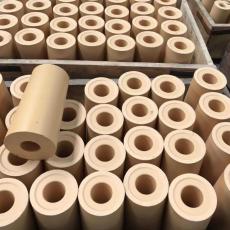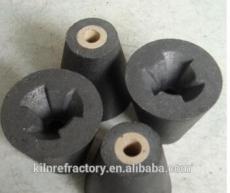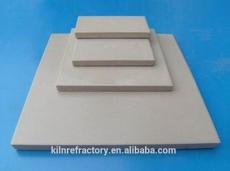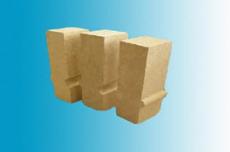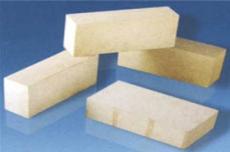
Different parts of the garbage incinerator need to use different types of refractory castables. The following are some common types and their applicable parts:
Garbage inlet: Wear-resistant castables are usually used. The garbage in this part contacts the refractory lining, which will produce impact and friction. On the one hand, it is radiated by the high temperature in the furnace, and on the other hand, it is directly in contact with the garbage and leachate. The refractory layer material is required to have good wear resistance and thermal shock resistance. Generally, the refractoriness is required to be above 900℃, the wear resistance reaches ≤8cm³ according to the astmc-704 specification, the thermal shock stability is ≥20 times, and the laying thickness is 100-150mm.
Radiation room: Refractory castables containing sic are often used. Because the high-temperature flue gas directly contacts the cooler water-cooled wall surface of the radiation chamber, the slag in the flue gas is easy to adhere to the surface of the water-cooled wall and form coking. At the same time, the attached slag is easy to cause high-temperature corrosion of the water pipe. The SIC material is resistant to slag erosion and has good thermal conductivity, which can make the radiation chamber have appropriate heat absorption capacity to cool the high-temperature flue gas. The thickness of the refractory layer is 80-100mm.
Other pipe seat openings: such as the leachate injection pipe seat, secondary air pipe seat and other parts, usually use castables or plastics. Due to the influence of the injection medium, the refractory materials laid in these parts must have appropriate refractoriness, good thermal shock resistance and construction performance.
Secondary combustion chamber of gasification melting furnace: The flue gas temperature here is as high as 1200-1400℃. Under the high temperature melting and turbidity conditions exceeding 1200℃, it is necessary to select chrome corundum refractory materials with better resistance to slag erosion. According to different temperature conditions, chrome corundum materials containing 15%-40% cr₂o₃ are selected, and the laying thickness is 100-150mm.
Parts susceptible to impact and wear: such as the bottom of the furnace and around the furnace door, steel fiber castables can be used. In addition to conventional high-temperature performance, this castable has a certain amount of heat-resistant stainless steel fiber added to prevent the expansion difference between the aggregate and the matrix in the material under high temperature conditions, and the stress caused by the temperature gradient change when starting and stopping the furnace, which leads to the destruction of the furnace wall. At the same time, the overall strength of the furnace body is greatly enhanced after the material is cast.
Parts with acid resistance requirements: Acidic gases may be generated during the incineration of garbage, causing acid corrosion to some parts. At this time, acid-resistant castables can be used. Acid-resistant castables are made of water glass as a binder, acidic or semi-acidic refractory materials as aggregates and powders, and a small amount of accelerator. They can resist corrosion from acidic media (such as nitric acid, acetic acid, etc.) at 800-1200℃.
